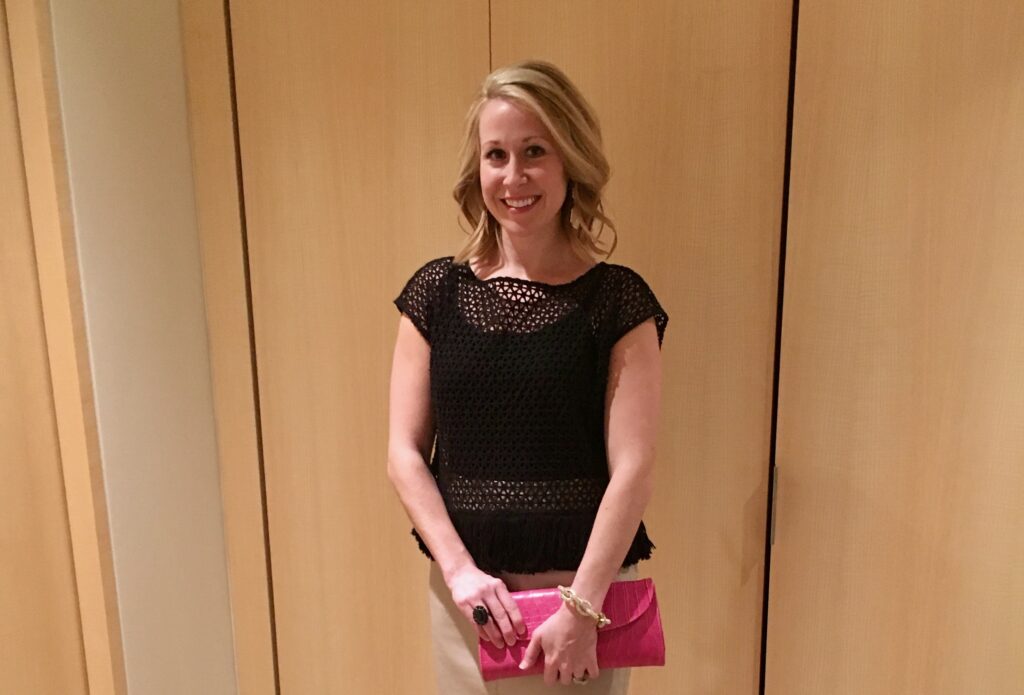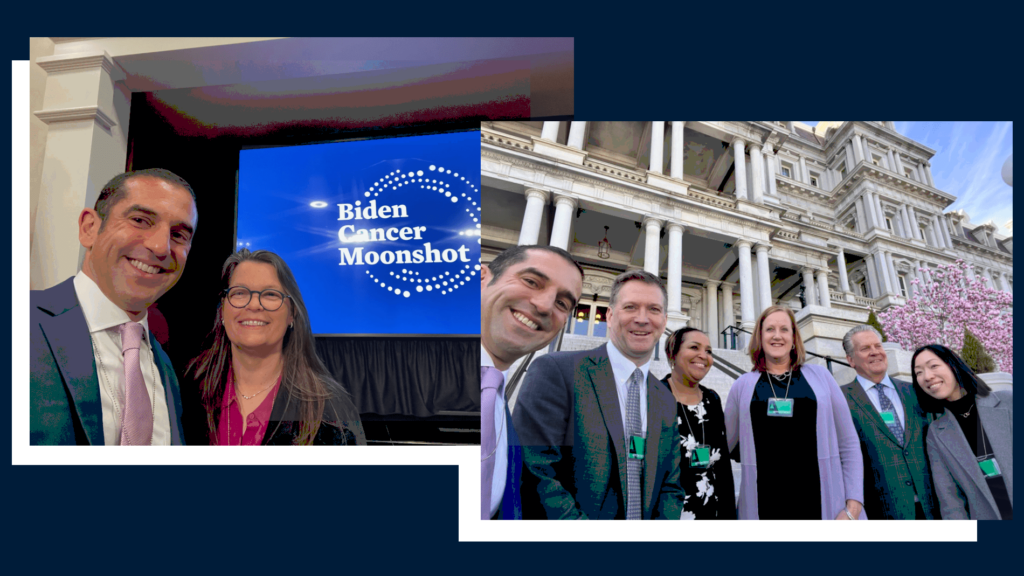News & Articles
Meet Melanie Eidson, Color’s new Chief Marketing Officer
Color

We are delighted to welcome Melanie Eidson to Color as our Chief Marketing Officer.
Prior to joining Color, Melanie was at Amazon, where she spent more than 10 years building products and leading marketing teams. During her tenure, she built the Amazon Student Brand Ambassador program, the first ever field marketing program for Amazon Student, and more recently, she built and scaled the Amazon Web Services Industry Vertical Marketing and Strategic Accounts marketing teams. She and her team led many marketing ‘firsts,’ including Account-Based Marketing (ABM), AWS’s approach for marketing to strategic global enterprise customers, and AWS’s Industry Marketing practice for several key verticals. Melanie became a trusted advisor on ABM, enterprise, and industry marketing for the company.
We recently had the opportunity to connect with Melanie and get her perspective on the evolution of the healthcare industry, how Color fits into that evolution, and how marketing can be a vital part of driving access to care.
What brought you to Color?
First and foremost, I am aligned with Color’s mission to help everyone live the healthiest life science and medicine can offer. I really believe in what Color is building and the amazing team we already have in place to further the impact. As I met the team, I couldn’t help but feel everyone’s infectious energy around the mission and the dedication to truly increasing access to healthcare services.
I believe that the healthcare industry overall is at a crucial inflection point. Color has proven throughout the pandemic that both the need to scale healthcare access to large and underserved populations exists – and scaling that access is possible.
I joined Color because I want to be a part of what Color has already laid the groundwork for: building infrastructure to deliver essential healthcare services capable of improving outcomes across large populations.
I also have a very personal connection to the work Color has been doing – several of my family members and close friends would have been able to make more informed healthcare decisions for themselves if simple services, resources, and information had been more accessible.
What is so unprecedented about this time in healthcare, and how does Color fit into that evolution?
COVID-19 changed the expectations large populations, employers, and healthcare providers have around the accessibility of simple healthcare services. After two years of accessing COVID-19 tests and vaccines in our schools, workplaces, and communities, why shouldn’t we be able to access similarly simple healthcare services directly where our lives happen?
Color is in a unique position, as the pandemic evolves, to continue to innovate with our partners on many other healthcare delivery solutions. What might have seemed impossible before in terms of scale is now obviously possible – and meaningfully impactful for everyone. It’s about more than the 21M test results we have returned – it’s that our flexible, dynamic approach to building infrastructure allows us to provide services in all 50 states and support nearly 10K testing sites across the country, reaching directly into communities and prioritizing simple access.
We know that when healthcare resources are easier to access, utilization rates go up. How do you think about marketing’s role in driving understanding and utilization of basic health services?
Marketing, alongside our partners in Communications, is the leader in how Color communicates externally. It’s our responsibility to make sure we are meeting customers and prospects where they are, which will look very different based on where the customer is in their healthcare journey, and who they are.
For example, working with a Fortune 100 company to design healthcare delivery solutions for their workforce will look very different from marketing to a public health leader or a small, local business. As marketers, it is our job to ensure that we are communicating in a way that will resonate with each audience, every time. If we do our job well, Color’s mission and vision will be adopted at a faster pace, which ultimately allows us to serve more customers and improve the health of more individuals.
How have your previous experiences prepared you for Color?
I’ve been lucky enough to spend a large part of my career at Amazon, which is known for speed and innovation. My team and I at Amazon built marketing programs from the ground up to support AWS’s key enterprise healthcare customers like Cerner, Philips, Moderna. As a result, I have a deep understanding of the opportunities and challenges present in the healthcare industry, as well as how technology and healthcare intersect.
More importantly, my roles have helped me learn how to think about working backwards from the customer with any product or program, which I think is fundamental to any company’s success. I’ve built out marketing teams and programs during hyper-growth stages (which Color is certainly going through now!), which requires iterating, testing, and failing quickly in order to innovate.
What role does marketing play in Color’s opportunity?
Marketing is integral to the next steps for Color: we aren’t a “COVID-19 testing company,” though we have proven our success with that particular application. It’s marketing’s role to help position and showcase what is next for Color and introduce our customers to the next set of applications our infrastructure can be applied to.
It’s a humbling and exciting role to take on: we have the privilege of building customer trust and sharing Color’s mission, how our infrastructure works, and the impact we’ll continue to have.
Thank you Melanie, and welcome to Color!



